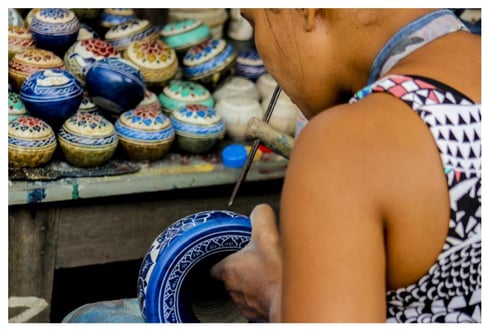
Photo caption: Art faires and festivals, as well as events, like ComicCon, are an excellent place to find people who want to buy art. Image by ronaldo Krieger from Pixabay.
Becoming a professional artist requires you to be both a creator and a business and marketing expert. However, if you’re inexperienced with marketing and business promotion, it’s likely that you may not know where to focus your efforts.
And while the last section of the Mastery Program focuses on marketing and promotion for artists, that’s really only the beginning. Successful artists treat their art-making efforts like a business.
Most business owners find that they need to market their businesses regularly. They also find that they must try new marketing and advertising methods from time to time to keep things fresh and to help them expand their business’s reach.
Artists-as-business-owners are no different. Fortunately, marketing methods like piggyback marketing make the job a bit easier for professional artists.
Becoming a Professional Artist: What Is Piggyback Marketing?
Piggyback marketing, according to CaniRank.com, is where you use the popularity of one business trend or brand to give your own brand a boost.
For those who have taken the Mastery Program, this is where knowing your artist archetype comes in. Once you know your archetype, it’s easier to find businesses to collaborate with.
Here’s why. Often you share a similar customer base. As such, your art will fit in with your partnering business’s customer base and vice versa.
Piggyback Marketing Ideas for Artists
Below, you’ll find some practical examples of how you can collaborate with other businesses, including other professional artists, to expand your art business.
1. Create Book Covers for Authors
Whoever said you can’t judge a book by its cover never tried to sell a book. The fact of the matter is most people overlook books that have less than stellar book covers. As author Joanna Penn discovered, the right book cover makes a HUGE difference. For example, her audiobook sales - yes, these covers count too - went from 348 sales in 2015/ 2016 to 1040 in 2017. That’s a big jump.
The only difference, according to her? A change of book covers.
Designing book covers is something that Milan Art Institute coach Zybrena Crawford Porter has done. The advantage of doing this is that you reach that author’s audience and it exposes you to other book authors who might need a cover designed. In this case, you as the artist are piggybacking on the reputation and promotion resources of the authors who you design covers for.
If you’re interested in doing this sort of work, you may want to join Facebook groups that cater to independent authors. This Medium article offers some tips for meeting indie authors.
2. Coordinate With a Fashion Designer
MAI mentor and coach Esther Franchuk recently did a collaboration with a fashion designer. Esther’s work provided a decorative design pattern for the designer’s pieces.
Esther says she likes to collaborate with other artists, because she believes that artists can create more unique and interesting works when they create together. It really stretches artists who take part in this sort of collaboration.
Listen to Esther talk more about working with a fashion designer.
3. Share a Booth at an Art Fair or ComicCon
Some artists like to sell their work at live shows, like art fairs and events, like ComicCon. While that isn’t such a possibility currently, it’s a good option to keep in mind down the road. One way to make this economical and to draw more interest to your fair booth or ComicCon table is to share a table with another artist.
If you do this, you’ll want to not only have plenty of your artwork to sell, but also promotion swag items to give away, like coasters, post cards, or pens. These live shows are also an excellent place to build your mailing list. Doing a promotional giveaway is a good option for this type of marketing setting.
The piggyback marketing element in this case is twofold:
- Selling your art in an established art market with established fans. Think about it. People who go to art fairs and ComicCon are in the market to buy. The advertising for the event is paid for by all the artists who participate and the event-goers. Because the event’s organizers pool this advertising money, you have a potential to reach far more potential art buyers than you could if you just spent your own advertising dollars alone.
- If the artists you’re collaborating with have local fans and a mailing list, your work gets exposed to that audience as well.
And on a related note, these events give you an opportunity to talk to people in person about your art. This allows them to develop an emotional connection with you and by extension, your art. This is a good foundation for future art sales.
Find fairs and festivals near you.
Some Examples of Successful Piggyback Marketing Campaigns
Although the following piggyback marketing campaigns are outside the art world, they give you some ideas about how other businesses collaborate with each other in piggyback marketing campaigns. This will hopefully spark some ideas for the kinds of collaboration you might want to do.
Each of the links below feature different piggyback marketing campaigns that businesses have undertaken to extend their business’s reach. Some of them are big budget, but others are not. These examples are more concrete, allowing you to see how a synergy forms between the right collaborators that makes all the businesses involved more successful.
4 of Our Favourite Piggyback Marketing Campaigns - Zahra Media Group
12 of the Best Examples of Piggyback Marketing Done Right - Can I Rank
Creative and Cost Effective Piggyback Marketing - State of Digital
Here Are More Articles to Help You Expand Your Art Business
How to Become a Professional Artist: Building Your Artist Mailing List
Becoming a Professional Artist: 10+ Marketing Tools You Must Have
8 Practical Tips on How to Sell Your Art
Milan Art Institute
Subscribe to Our Blog
Browse Posts
- July 2024
- June 2024
- May 2024
- April 2024
- July 2021
- June 2021
- May 2021
- April 2021
- March 2021
- February 2021
- January 2021
- December 2020
- November 2020
- October 2020
- September 2020
- August 2020
- July 2020
- May 2020
- March 2020
- January 2020
- December 2019
- November 2019
- October 2019
- September 2019
- July 2019
- May 2019
Browse by topics
- art inspiration (45)
- become a professional artist (38)
- art techniques (35)
- art tips (23)
- art tutorial (22)
- art history (17)
- art skills (17)
- hero artists (17)
- painting (14)
- art masters (13)
- art supplies (13)
- drawing (12)
- acrylic painting (9)
- sketching (9)
- art education (8)
- oil painting (8)
- sell your art (8)
- art marketing (7)
- art and travel (6)
- art fun (6)
- artist mindset (6)
- fine art (6)
- travel sketching (6)
- art business (5)
- art studio (5)
- artist brand (5)
- artist voice (5)
- holidays (5)
- professional habits (5)
- traveling (5)
- oil paint (4)
- professional artist habits (4)
- art career (3)
- art resources (3)
- doodling (3)
- professional artists (3)
- urban sketching (3)
- art school (2)
- art therapy (2)
- artist block (2)
- branding (2)
- cleaning (2)
- color (2)
- creative block (2)
- decorative market (2)
- dreams (2)
- paint (2)
- quotes (2)
- surrealism (2)
- art entertainment (1)
- art galleries (1)
- art influencers (1)
- art markets (1)
- art photography (1)
- art portfolio (1)
- collecting art (1)
- coloring (1)
- composition (1)
- decorative art (1)
- eco friendly (1)
- environment (1)
- impressionism (1)
- mixed media (1)
- narrative art (1)
- plein air (1)
- portraits (1)
- price your art (1)
- right brain (1)
- success stories (1)
- symbolism (1)
- time management (1)
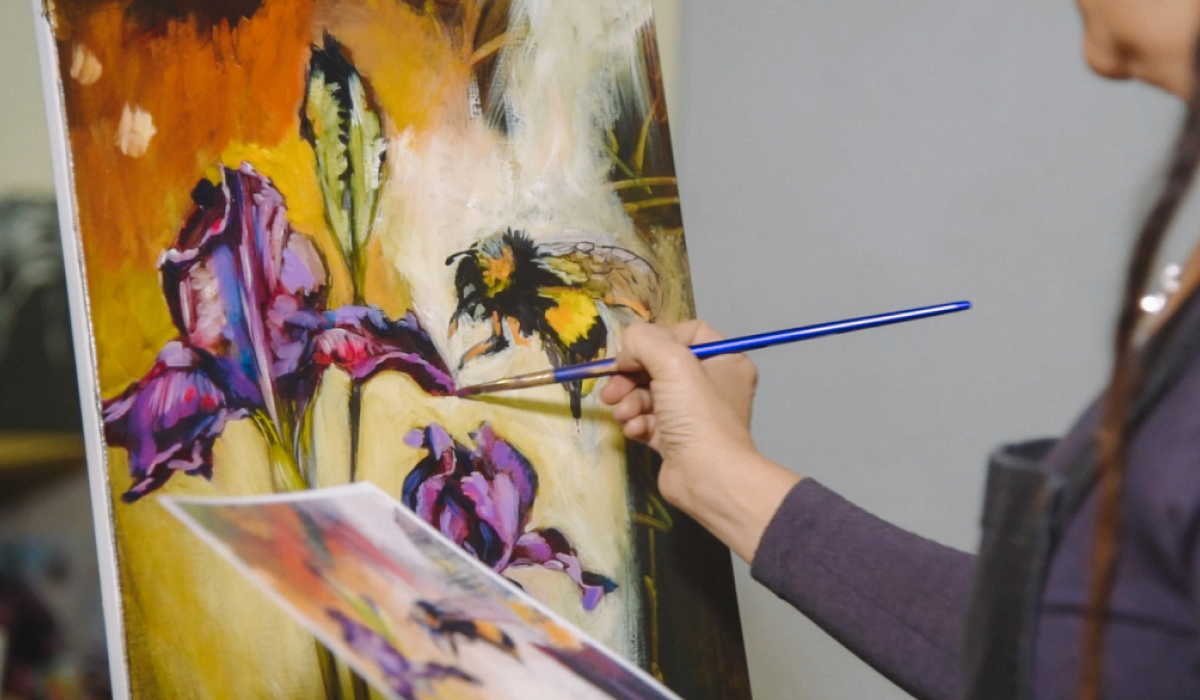
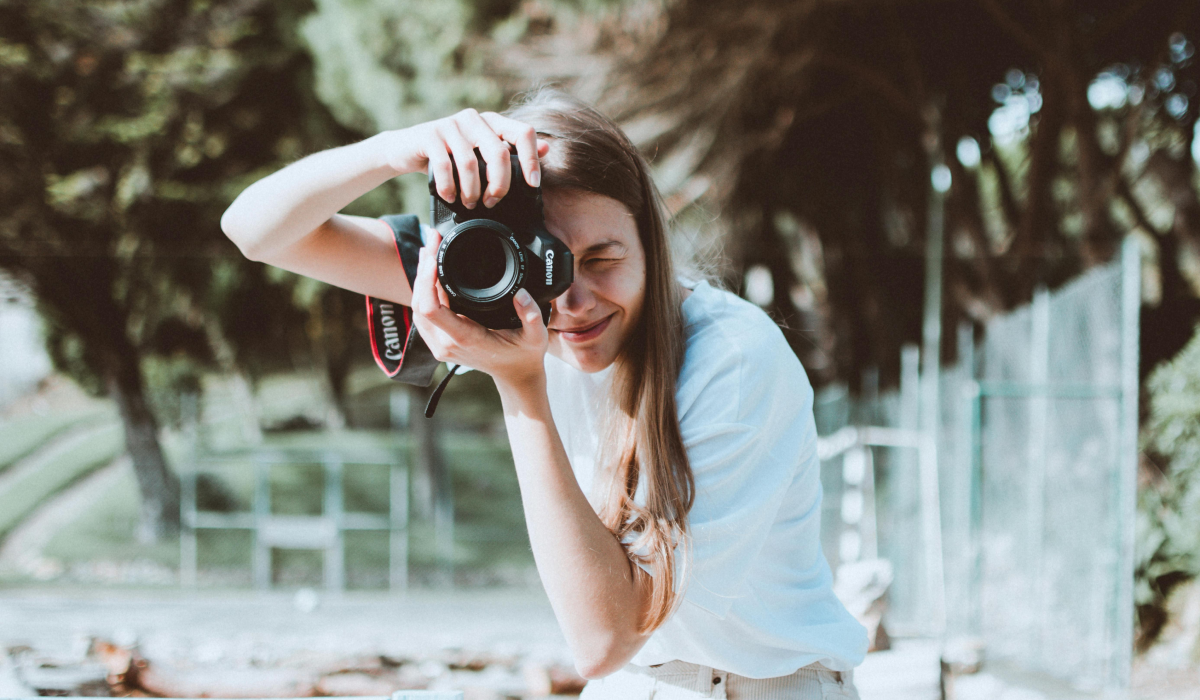

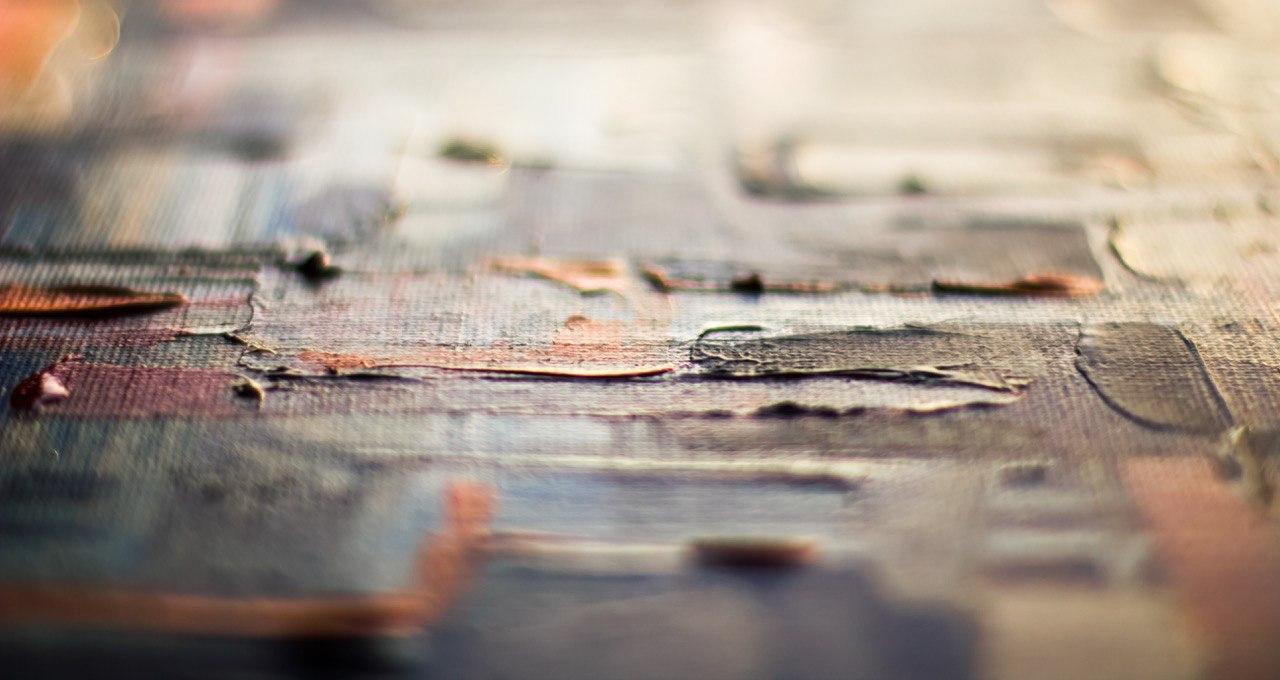
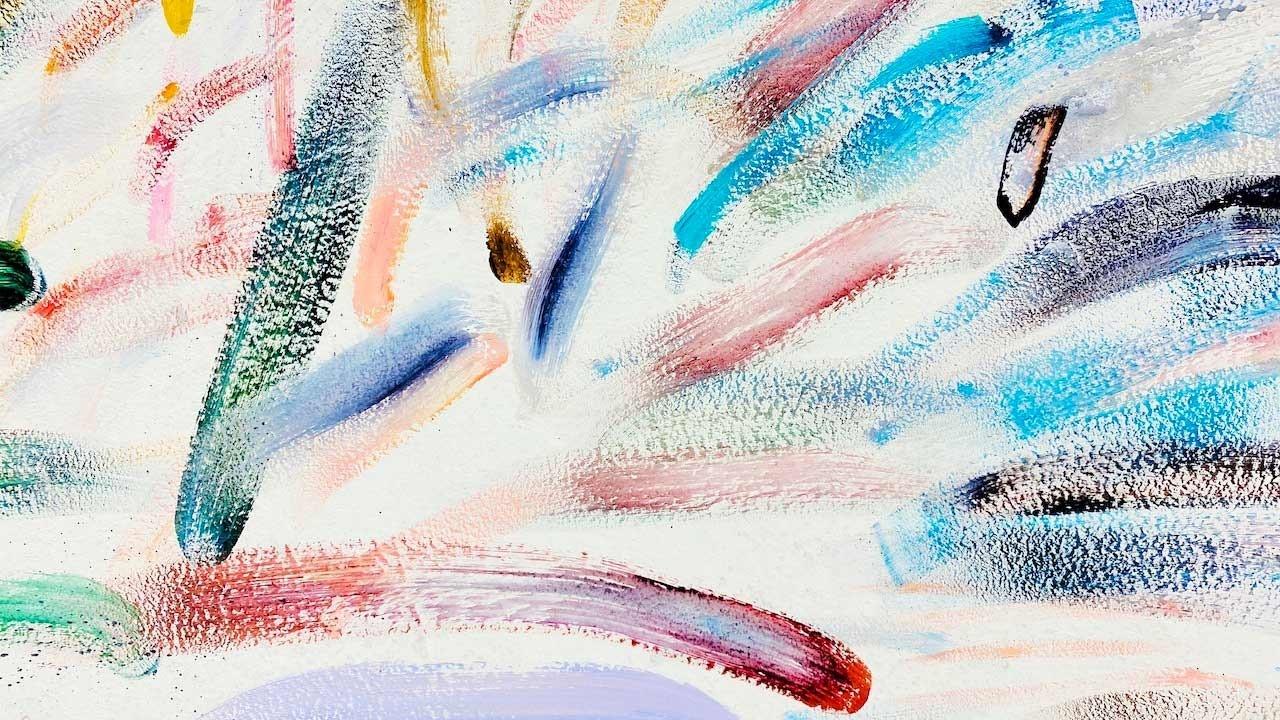

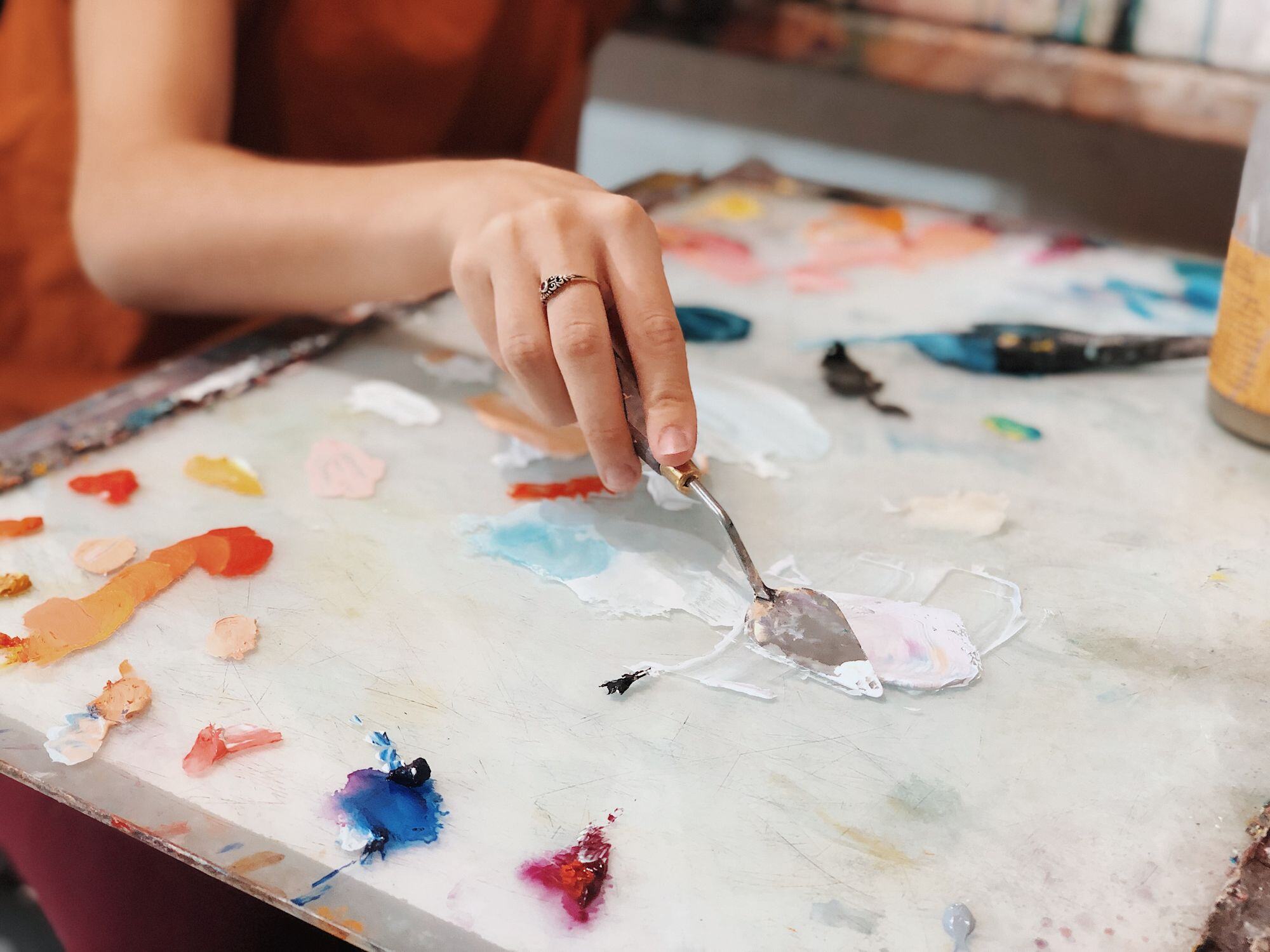
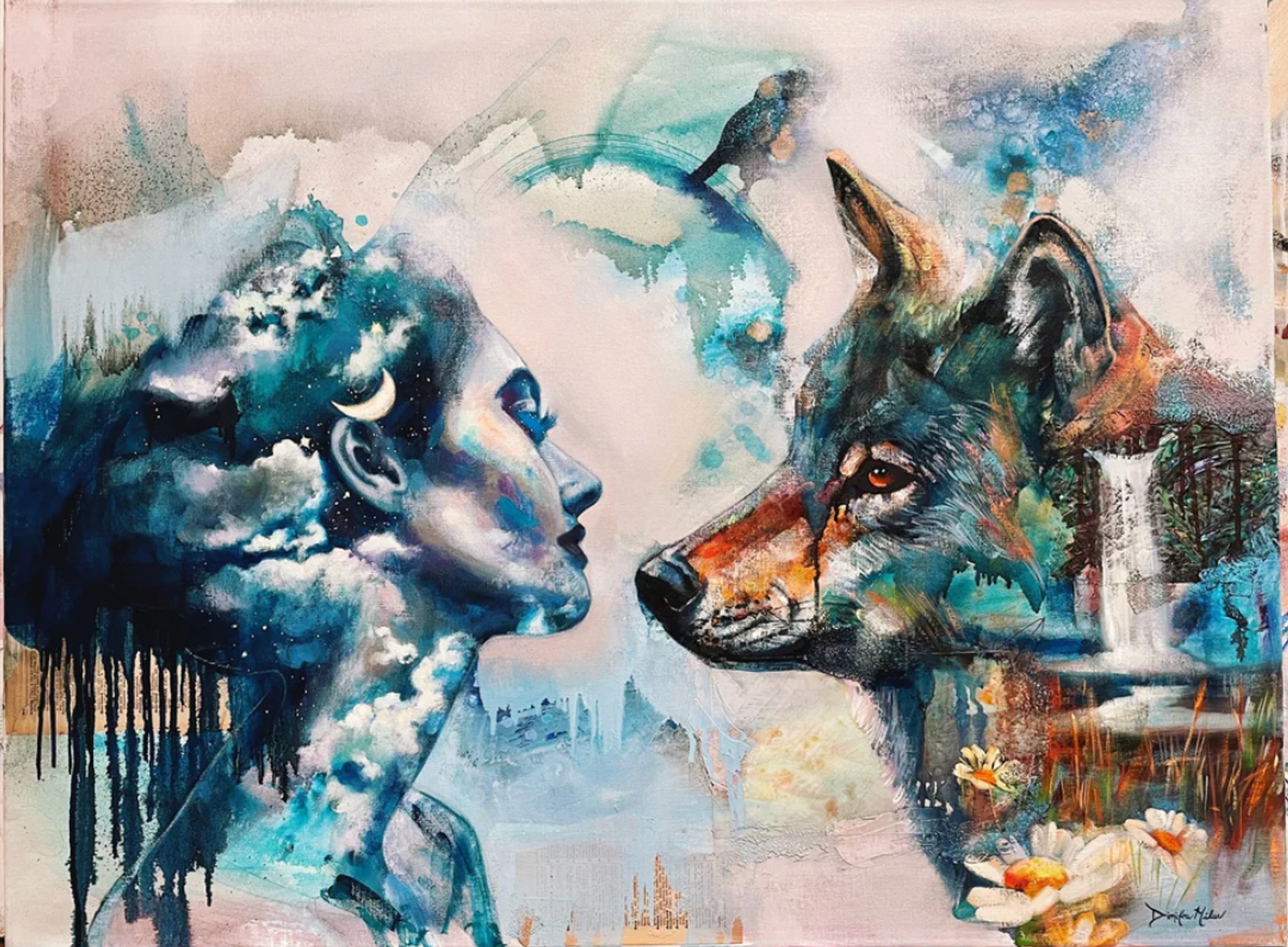
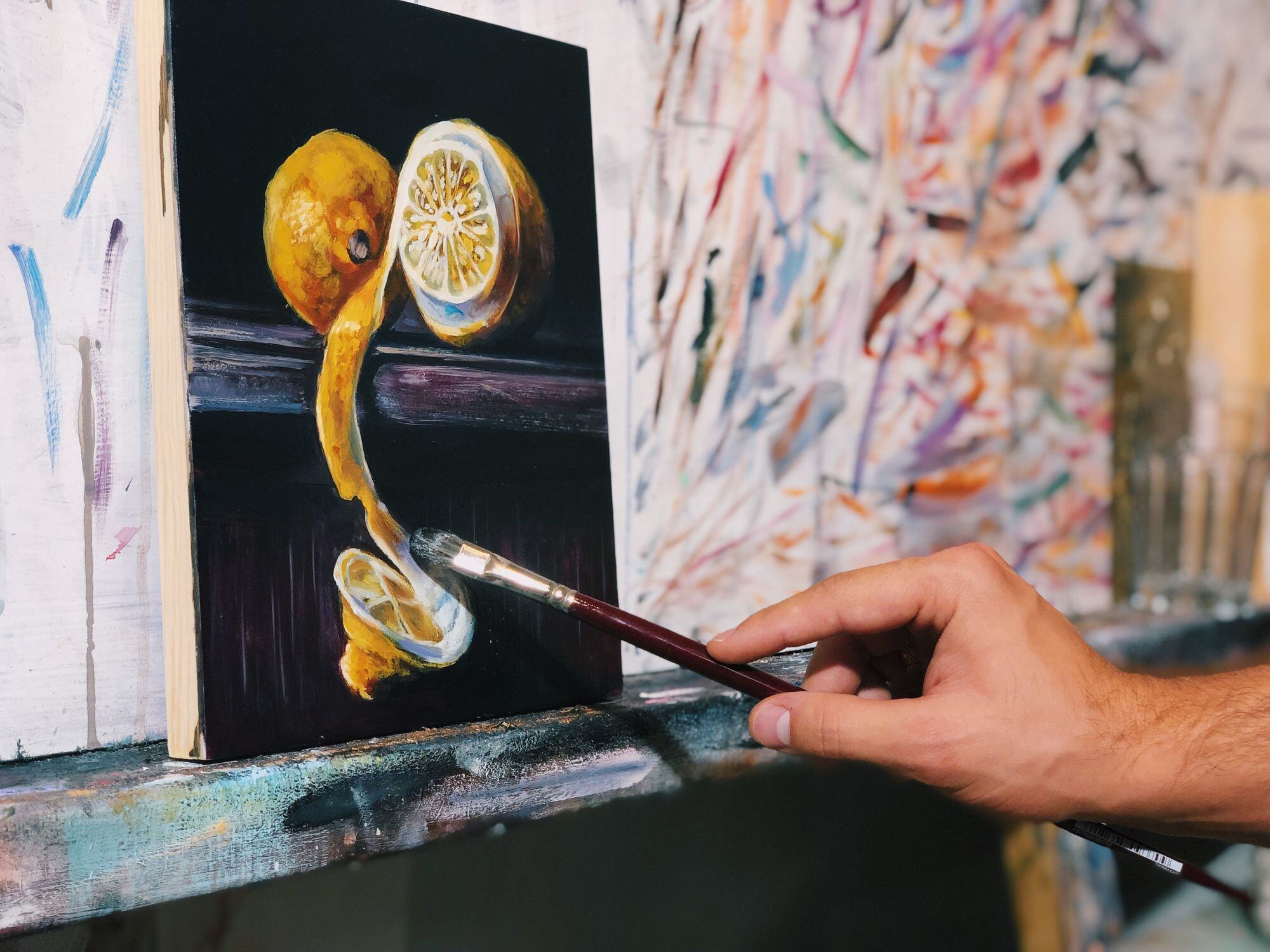
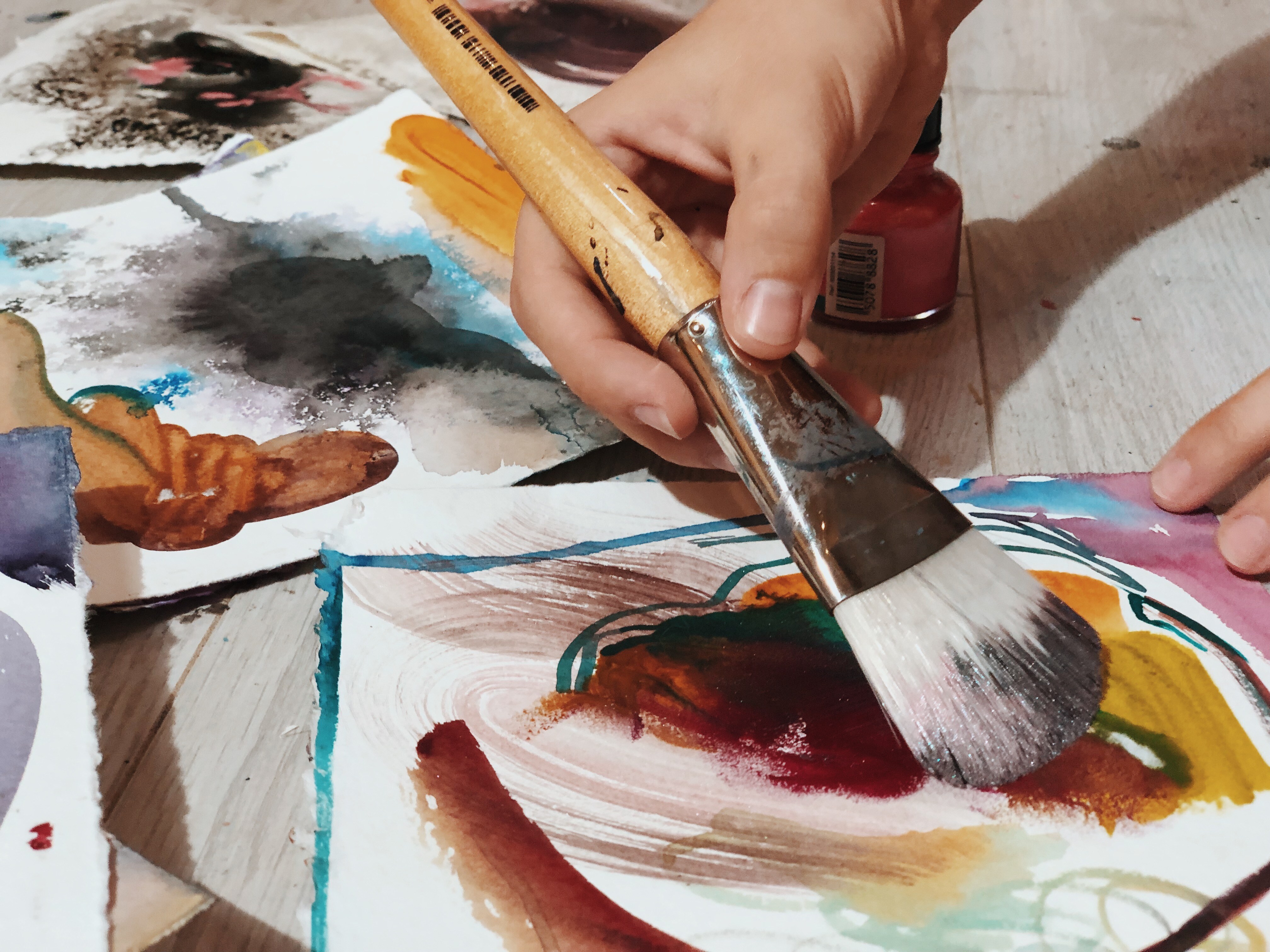
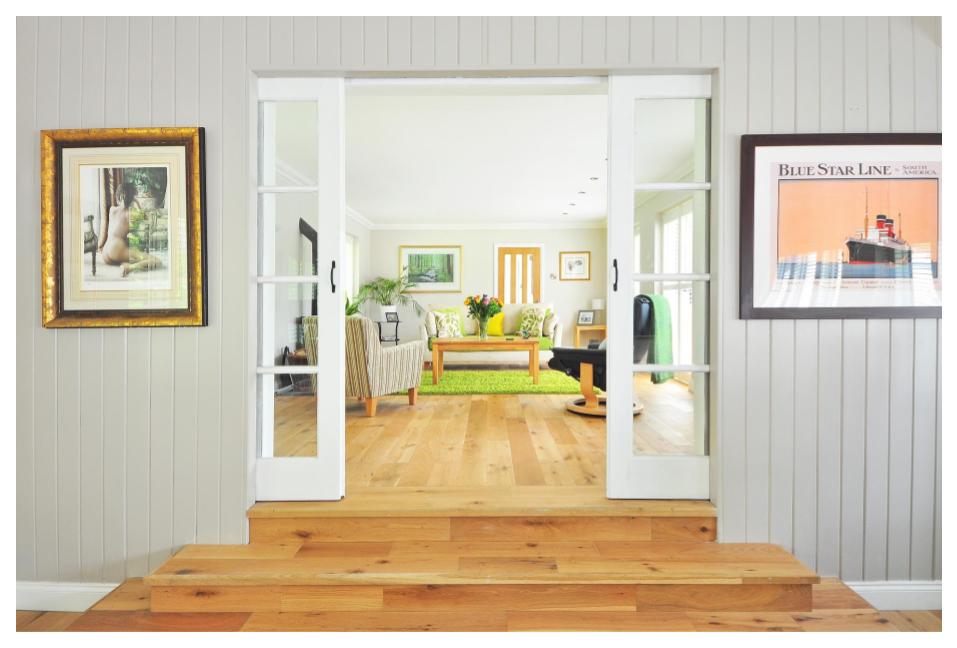
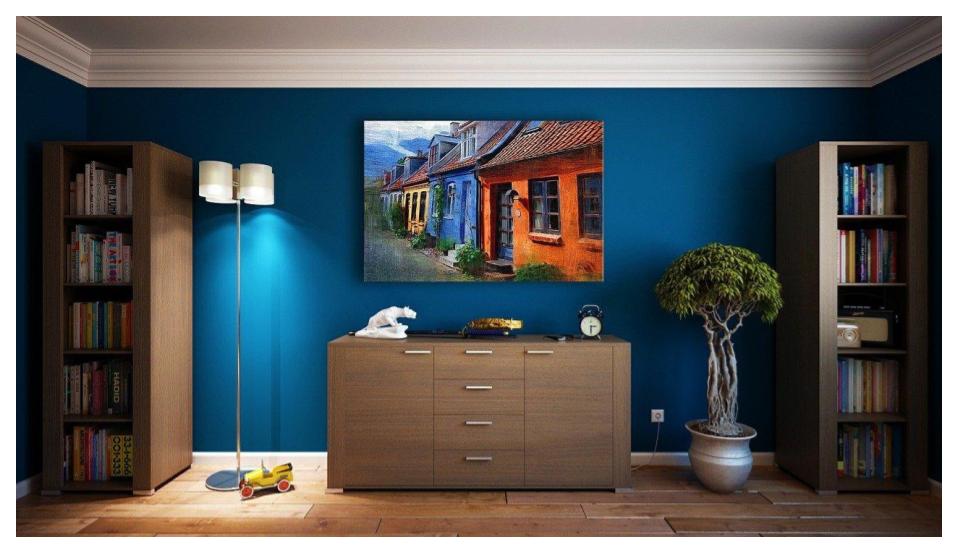
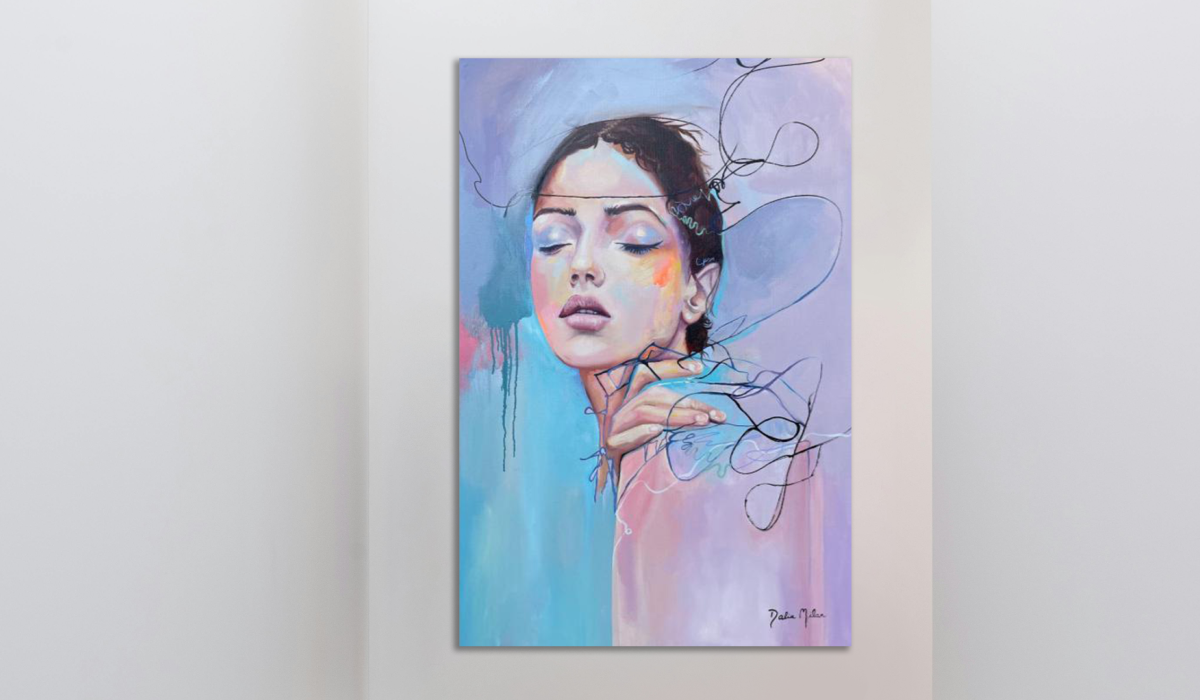
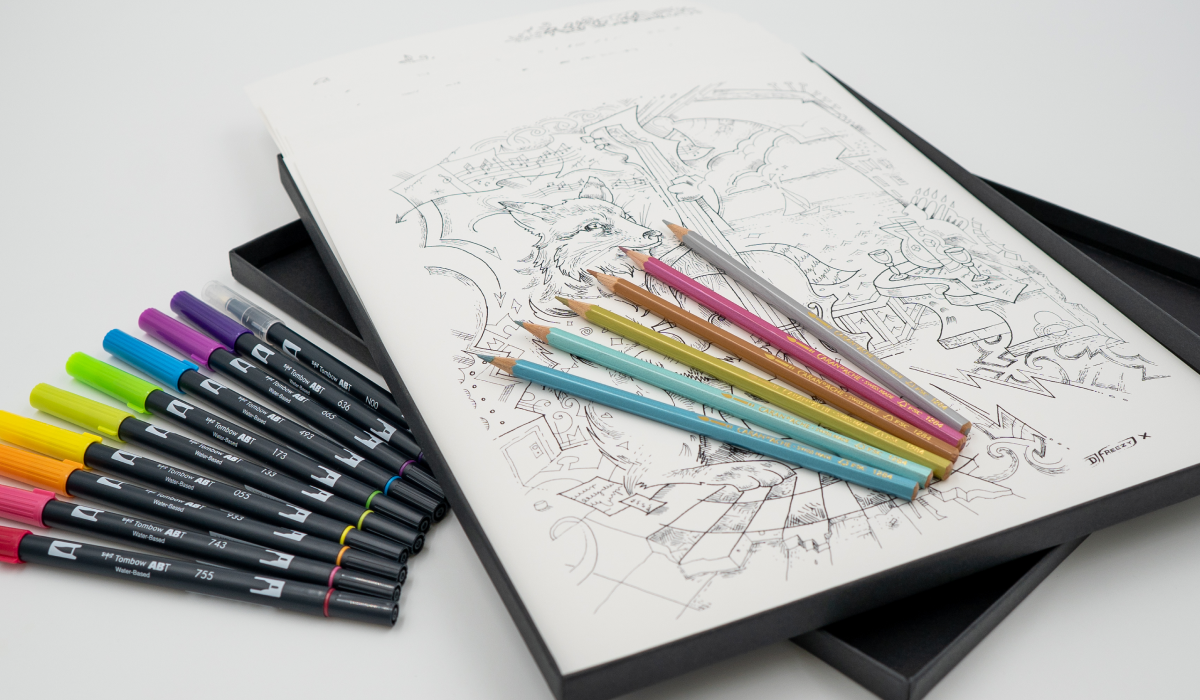
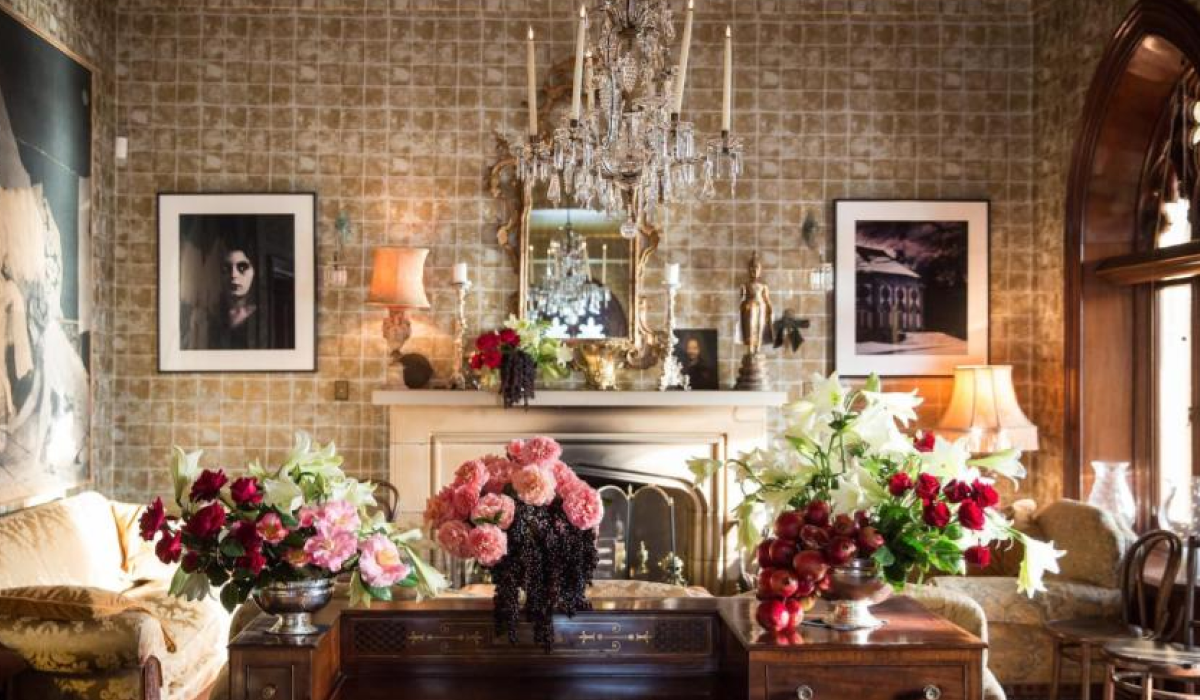
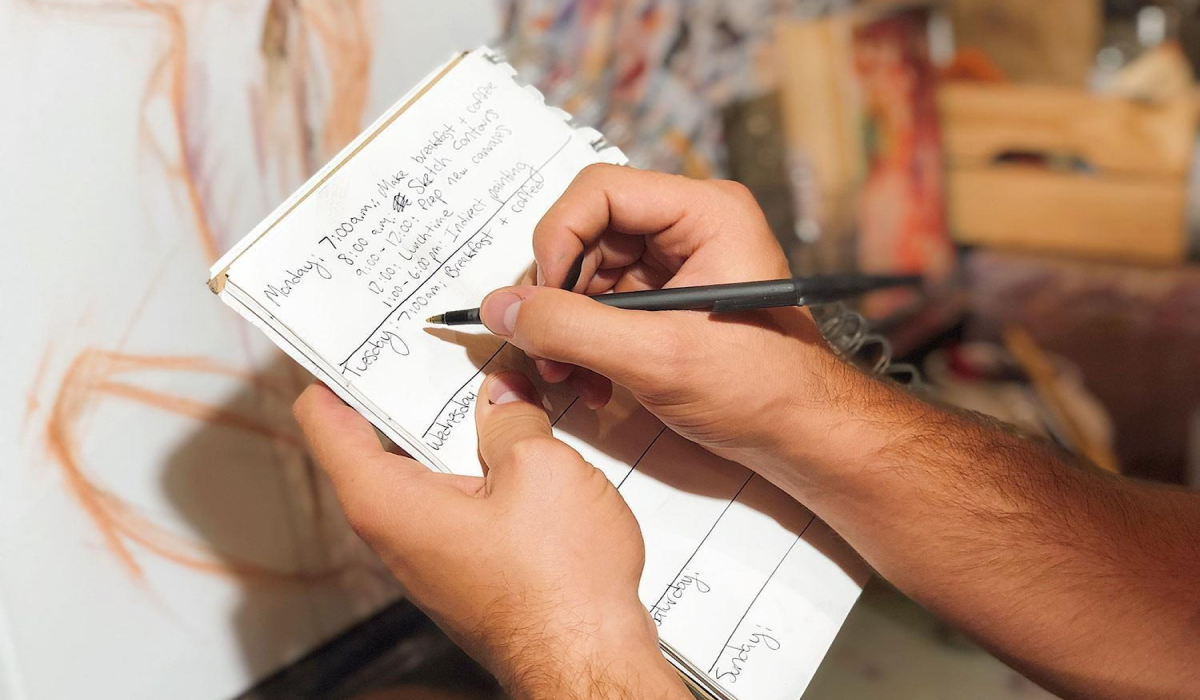
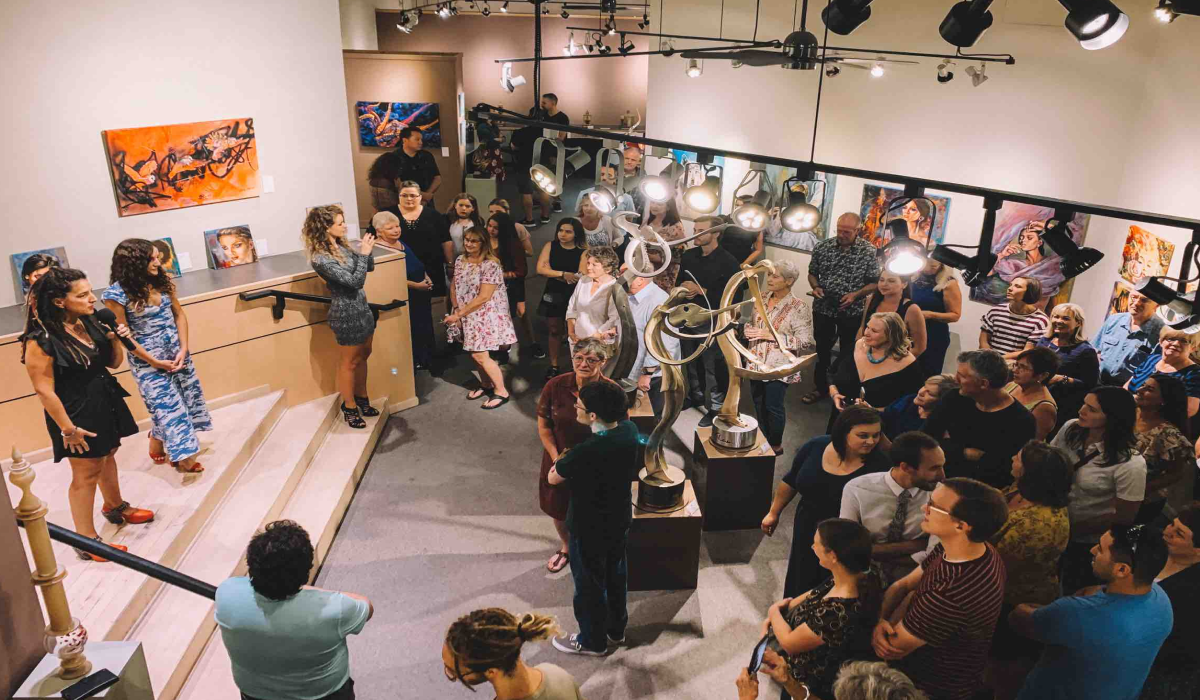
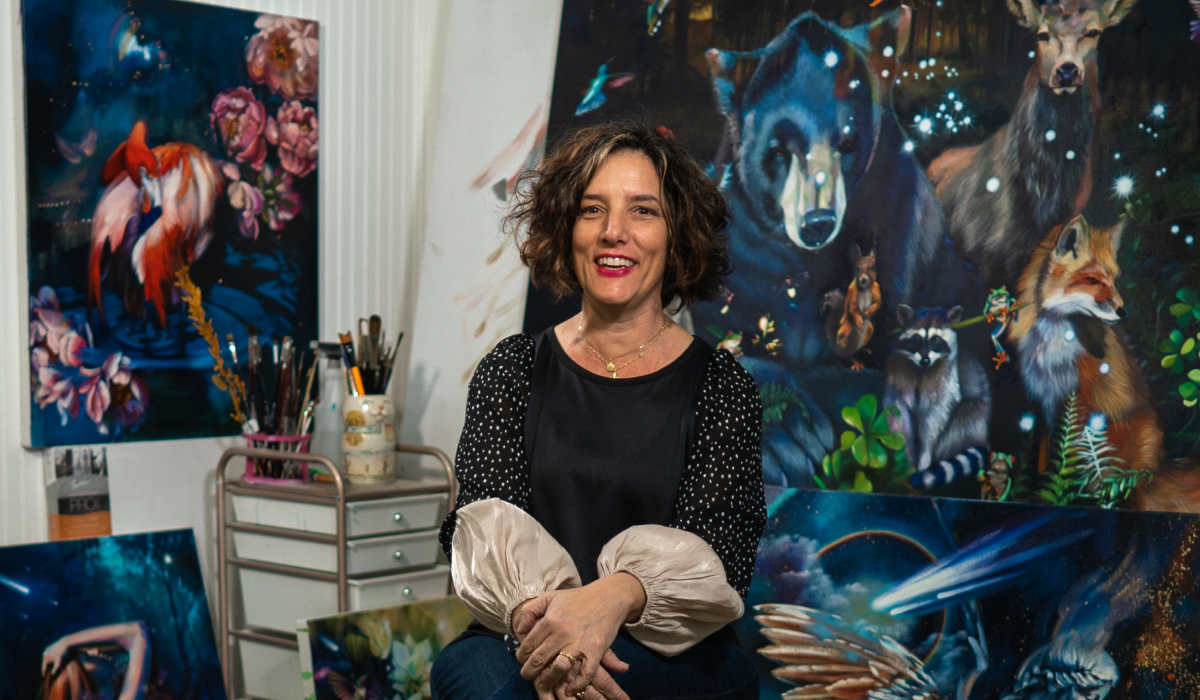
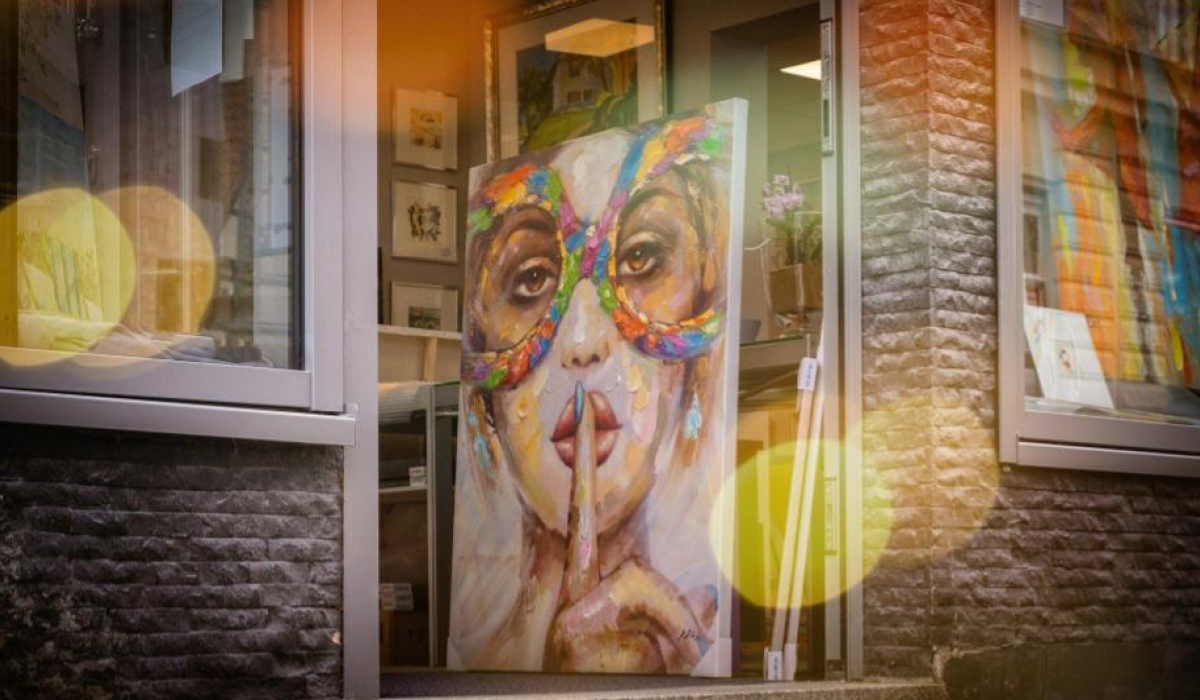
Post a comment